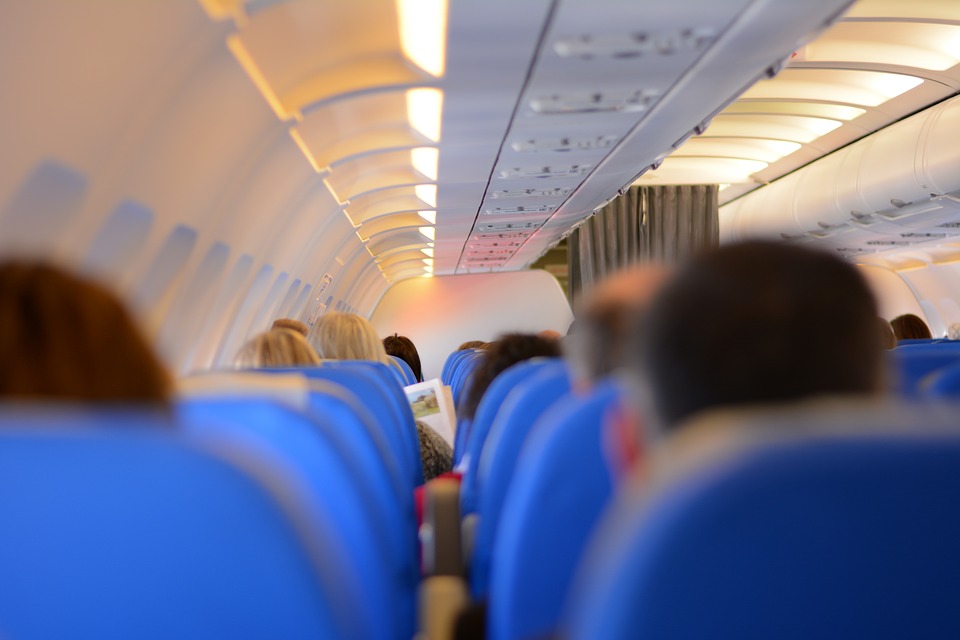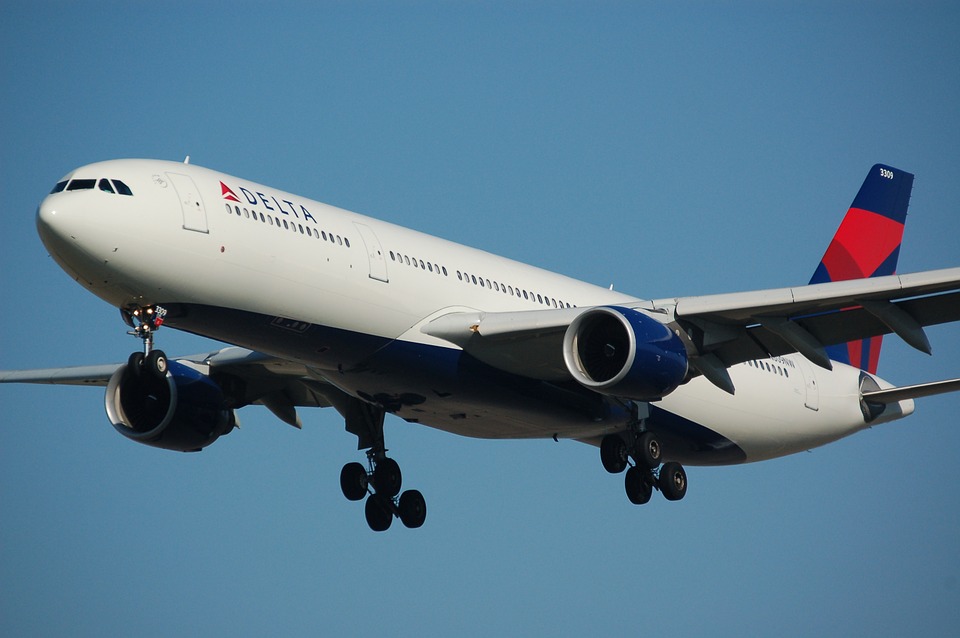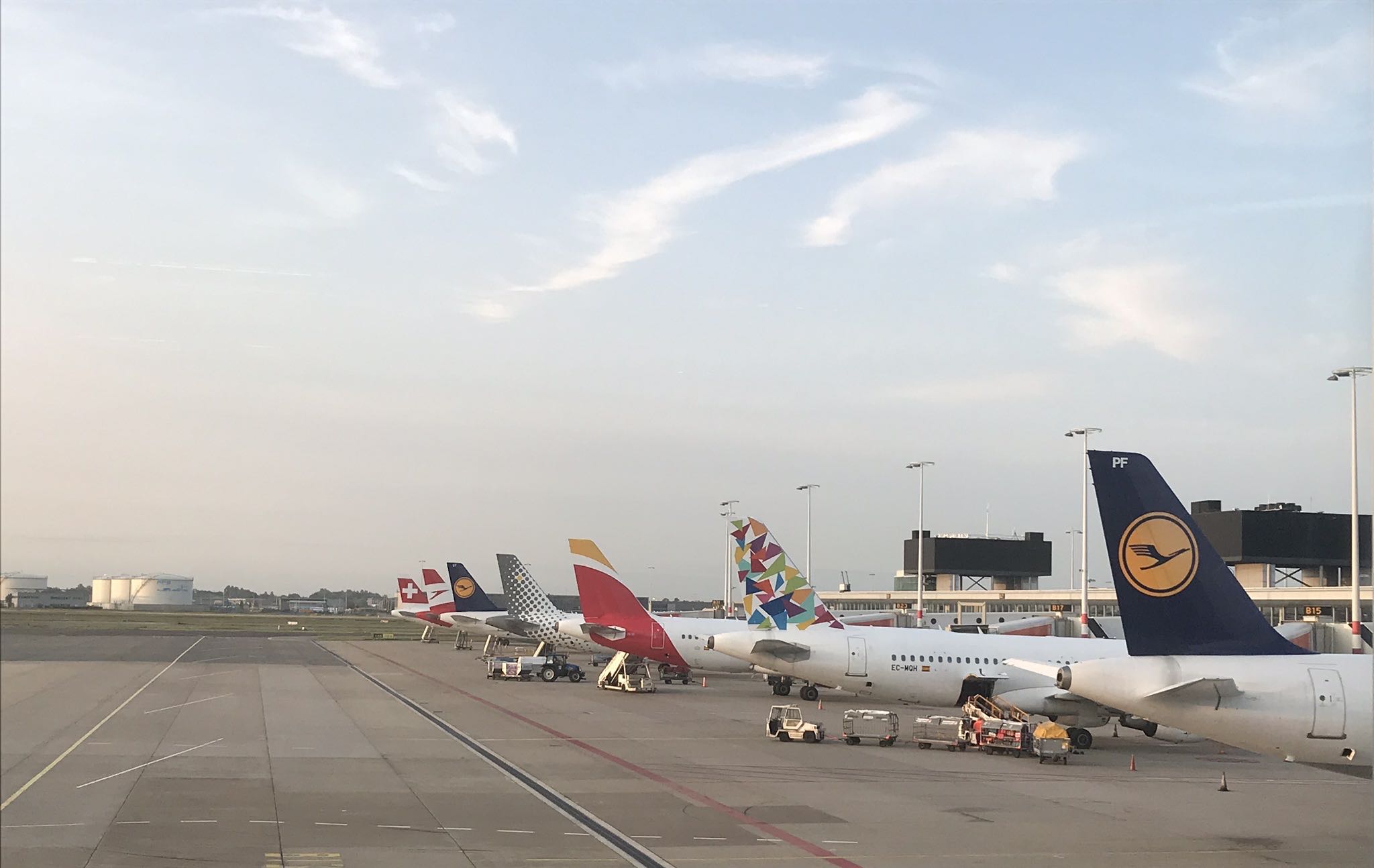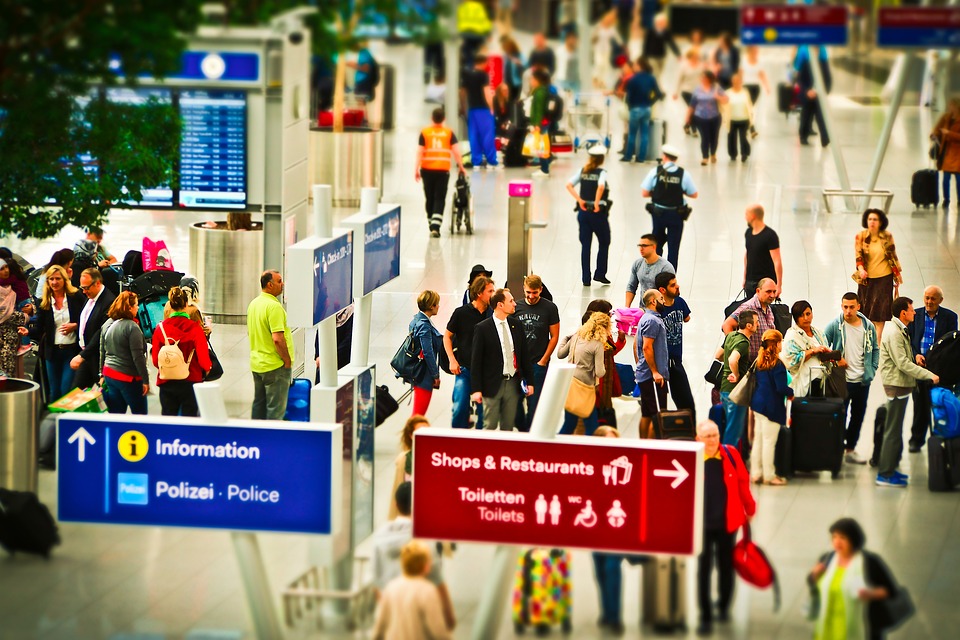I have been following the updates on the fatal Ethiopian Airlines crash, which killed all 157 passengers onboard. The accident followed on the heels of a Lion Air crash just 5 months earlier, killing all 189 passengers.
Preliminary evidence suggested that a feature in the newly installed automated system on the Boeing 737 Max may be to blame. When one of the sensors detect a potential stall, the pitch augmentation control law in the system (the MCAS – Maneuvering Characteristics Augmentation System) kicks in and adjusts the plane.
This article has great illustrations describing the likely scenario that resulted in the fatal crashes.
Grounding of the Boeing 737 MAX Fleet
The Boeing 737 MAX fleet is currently grounded worldwide. Admittedly, I was surprised it took the FAA as long as it did to announce the grounding of the aircraft.
While I know that commercial aviation is still incredibly safe, I personally would be hesitant to fly on a Boeing 737 MAX while the investigation is underway. I’d feel more assured once the software fix and additional trainings are implemented.
Current updates
The FAA set to sign off on Boeing 737 Max software fix in 10 days, according to the CNBC article. Additionally, “the approval of the software change does not necessarily mean that the FAA’s order to ground the planes will be lifted.”
I don’t think there is any reason why the grounding won’t be lifted shortly thereafter. The 737 Max had already been in operations for months. While there is no doubt on the financial hit to Boeing and its reputation, I think Boeing will bounce back. The company has weathered crisis before, including the grounding of the Boeing 787 Dreamliner back in 2013 due to the lithium battery problem.
It might just take a bit of time for the flying public to feel more at ease with the planes.
At the end of the day, aviation and passenger safety is paramount.
There are no if’s and but’s.
It’s about setting the safety standards.
To the families who lost loved ones, one fatal crash is one more than is necessary.












